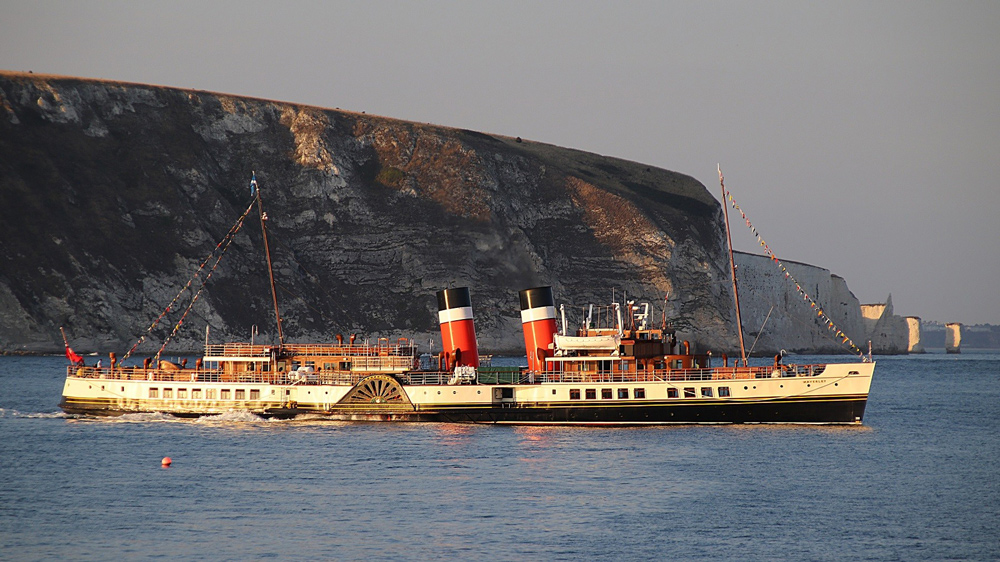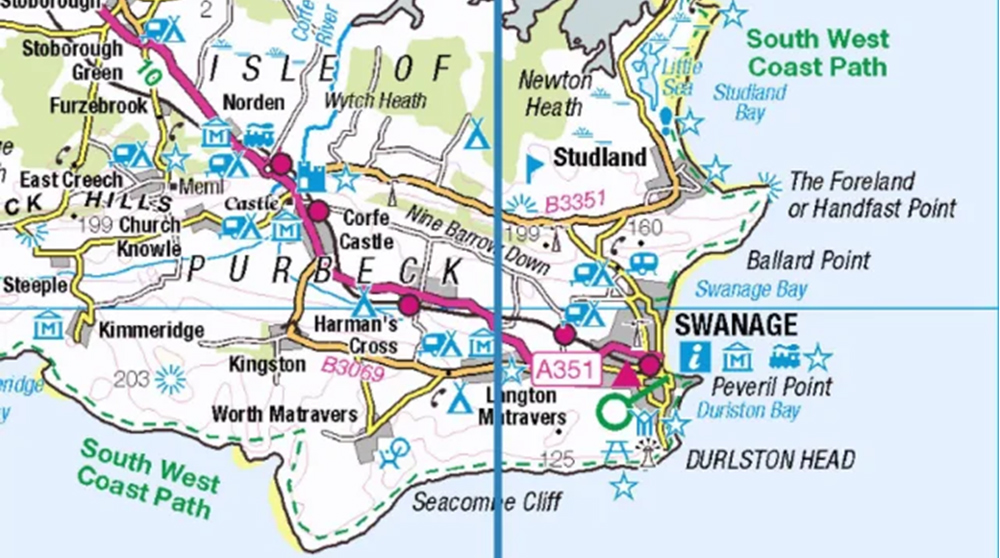As we come to the close of the year, it’s often time to reflect on what’s happened over the last 12 months.
Globally, it’s been a tumultuous year. We’ve had a royal jubilee; the death of a monarch; a new king; an energy crisis and a war that threatens to take us back to the dark days of the 1940s.
Faced with such a turbulent international scene, it can be quite comforting to look back on the more mundane things that we, perhaps have more control over.
As a national organisation, we continue to grow and make a difference to coastal safety. We now have 58 stations, with several more in the pipeline, and have more than 2,500 watchkeepers.
These watchkeepers have kept watch for 201,477 hours, to date. We’ve also been involved in 765 incidents.
That’s quite impressive for a team of volunteers, whose average age is to the right of 60!
The warm weather over the summer has meant that both stations have been extremely busy. There have been several yacht races passing the lookouts and the radar screens have looked reminiscent of the Spanish Armada making their way down the channel!
One of the highlights of the summer has been the return of the Waverley. This majestic paddle steamer spent much of September cruising along the Dorset coast and watchkeepers were treated to some fine views of this historic vessel.
This year’s cruise marked the 75th anniversary of her maiden voyages in 1947. Named after Sir Walter Scott’s Waverley novels, the current vessel was built to replace to replace the 1899 Waverley which was sunk by enemy action on May 29, 1940, at Dunkirk.
As well as observing the passage of vessels along the magnificent Dorset coastline, we have been kept busy with a steady stream of incidents.
During the year our two stations have been involved with 16 incidents. These have ranged from vessels adrift to keeping watch for a missing vulnerable adult. Thankfully, all the incidents we have been involved in have had a successful outcome. One of the incidents, featuring a diver with a suspected case of decompression sickness, even featured on the BBC’s Saving Lives at Sea.
In our role as “eyes along the coast”, compass bearings and reference to the cardinal directions (north, south, east and west) are part and parcel of our daily activities.
It was fascinating to hear that, in early November, Langton Matravers, mid-way between the two stations, was to be the site of a once in a lifetime convergence of the three north poles.
When they talk about “north”, geographers and cartographers can mean three different things – true north, grid north, and magnetic north.

The Waverley at Ballard – one of the highlights of the year for lookouts
Picture: NCI
True north is a line along the Earth’s surface ending at the North Pole. It is defined by the rotation of the planet. Grid North is represented by the vertical blue grid lines on Ordnance Survey maps and has been since the current mapping system was introduced in 1936.
Magnetic north is the direction a compass needle will point. The direction of magnetic north is constantly changing due to natural changes in the magnetic field
Although they generally point in the same direction, subtle differences mean that they are in slightly different positions. This means that the lines running north – south from each north are slightly out of line.
On most maps, true north curves away from grid north because the former reflects the curved surface of the earth.
However, a certain north line of the grid is aligned with true north. This “special line” is longitude 2° W and this runs through Langton Matravers. It’s along this line that the magnetic north has coincided.
The dynamic nature of magnetic north means that the triple alignment will moving north to Poole by Christmas.
Over the next four years the alignment will gradually move north across the UK before leaving our land mass in 2026.
Langton Matravers will have another significance for NCI as we are one of the chosen charities for the St Aldhelm’s Benefice Christmas tree festival at St George’s Church, which ran from December 3 to 5.
It was a busy weekend for our watchkeepers as we had a stall at the Swanage Christmas Market organised by Swanage and Purbeck Rotary.
For the more adventurous, the team at St Albans Head is planning to ‘open the hatch’ for refreshments from Monday, December 26 to Monday, January 2 (inclusive). A bracing stroll out to the Lookout is just the thing to clear away the cobwebs and walk off the turkey!
This is St Alban’s Head NCI and Swanage NCI listening on channel 65 and wishing all our friends a Happy and Peaceful Christmas. NCI out.
NICK REED








Leave a Reply